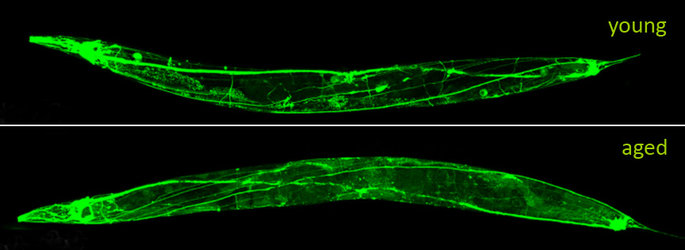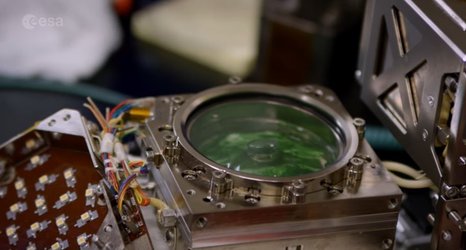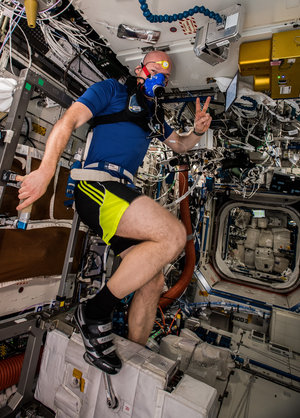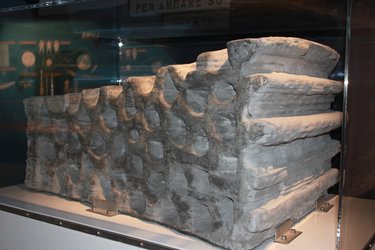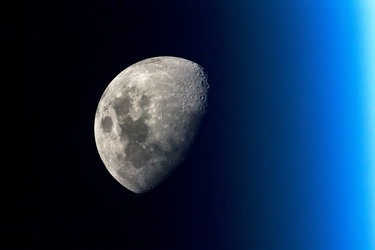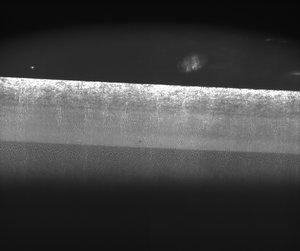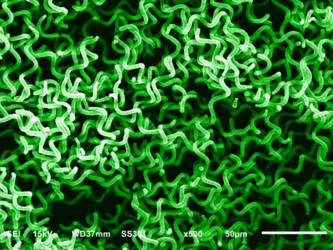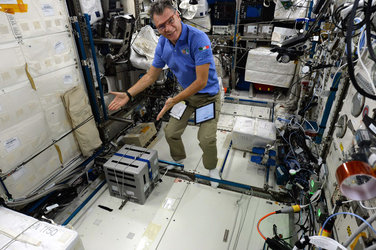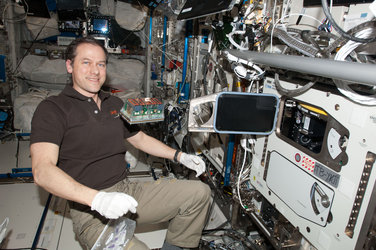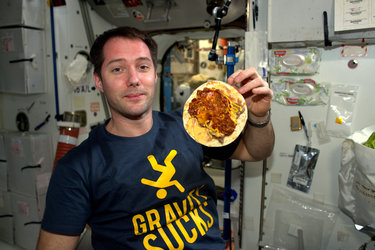Green smoothies in space
The Artemiss experiment that ran on the International Space Station has shown that ESA can cultivate oxygen from plants in space. It is paving the way for more demonstrations of regenerative life-support technology, and astronauts get a green smoothie to boot.
Check, check and check
Microalgae Arthrospira, commonly known as spirulina were launched to the Space Station in December 2017 where they recycled carbon dioxide into oxygen to produce edible proteins.
A liquid sample of spirulina was loaded into a photobioreactor, a cylinder bathed in light. Over the course of a month the microorganism converted the light into energy, producing oxygen as a by-product at the same speed as it would on Earth. Researchers now confirm that the biological process on Earth works the same in space.
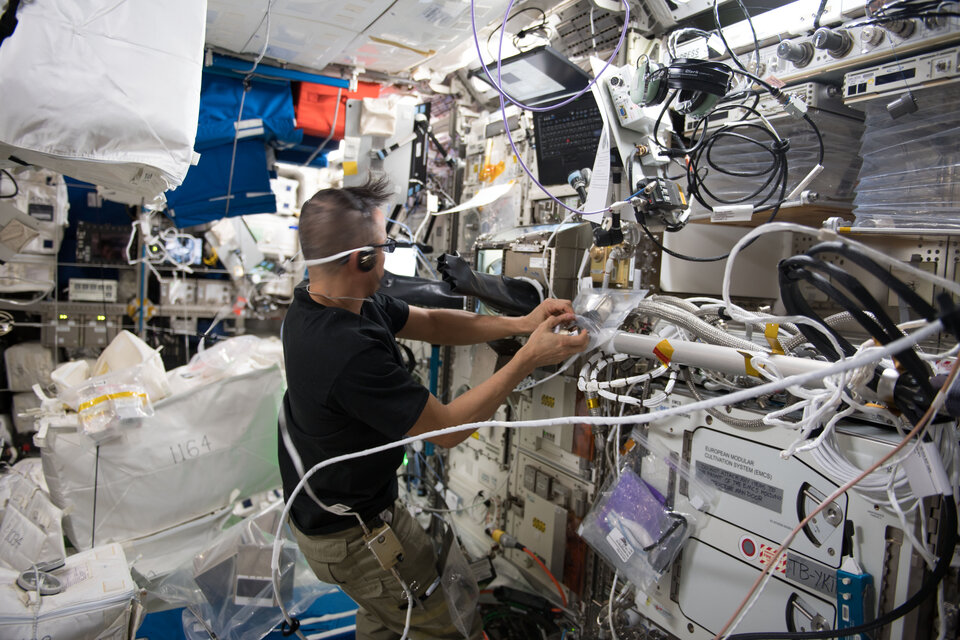
Four photobioreactors ran in parallel while the oxygen and biomass produced by the spirulina was recorded. Extracting oxygen from the liquid posed a challenge, as liquids and gases do not naturally separate in weightlessness, but the novel bioreactor technology behind Artemiss performed well with accurate measurements.
The beauty of the Arthrospira microorganism is that it is edible if pure. Thanks to highly accurate computer models and subsequent experiment design, all the samples returned pure. The green smoothie-like product was safe to add to astronaut diets as a source of protein.
Round two
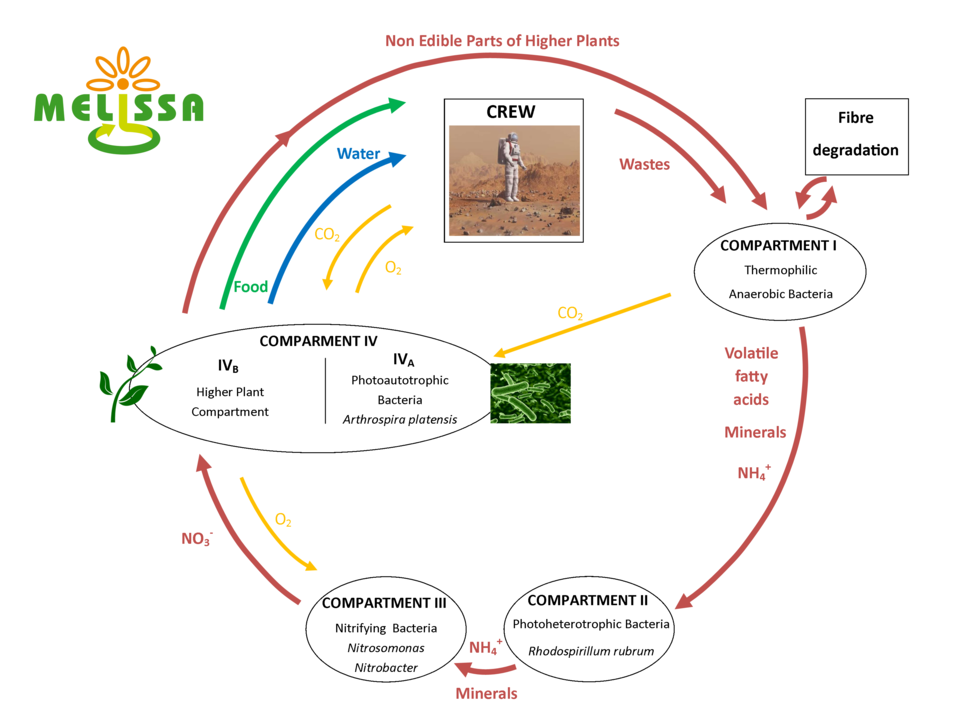
On its first round on the Space Station, researchers tested a batch of the microalgae, the next step is to run the experiment with a continuous supply of spirulina for three months.
The project is part of the Micro-Ecological Life Support System Alternative – Melissa –programme that is developing regenerative technologies for life support.
Employing a closed-loop concept, Melissa aims to recover food, water, and oxygen from organic waste such as carbon dioxide and minerals.
The programme covers many research, education, and technological activities such as the AstroPlant citizen science project that is collecting data on how plants grow in different environments.
Using a different approach, ESA’s Advanced Close Loop System arrived at the International Space Station last week and promises to recycle carbon dioxide into water.
Soon to join this Artemiss experiment is another technology precursor called Urinis that will look into recycling urine to provide nitrogen gas, plant nutrients, and water on the Space Station.
In the meantime, future astronauts can count on getting their green smoothie in space too.

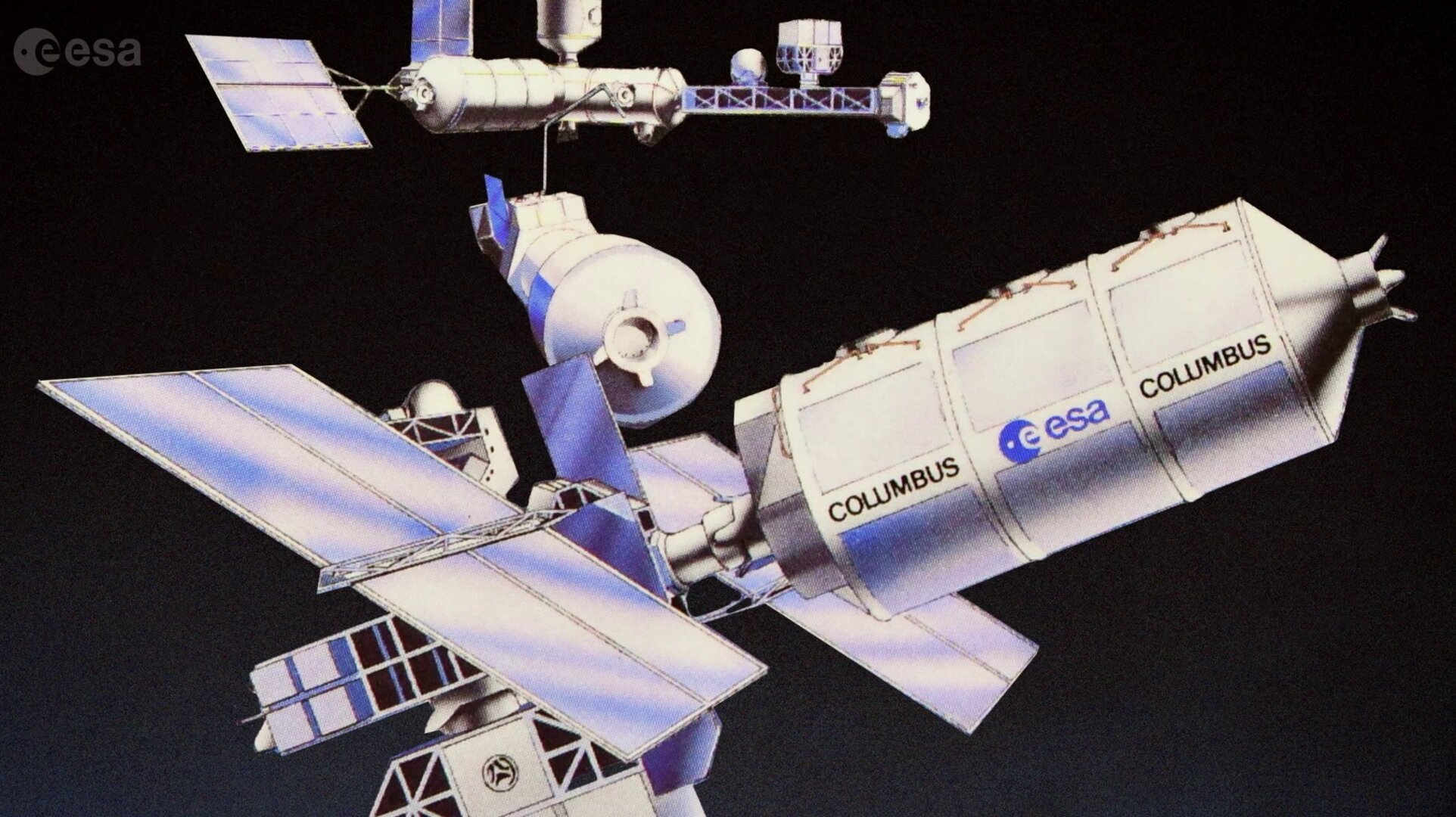
Access the video



